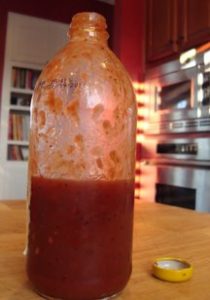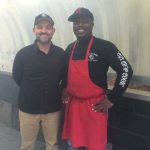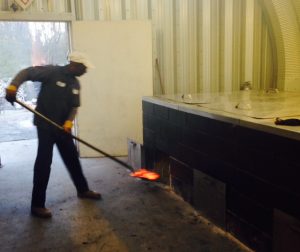Porter Road is an online butcher that is fairly new on the scene. I recently did an unboxing (see it below) and I wanted to share a quick overview of what they do. I’m pretty excited about what they have to offer. I really liked the product. Especially the Porter Road Beef Ribs!
I’m a huge fan of their bone in Ribeye, it tasted as good as it looked in the video. They have a variety of meats – but I actually now have a NEW favorite cut of meat for grilling thanks to Porter Road (more on that below).
About Porter Road
First a little bit about Porter Road. They are a based originally in Nashville. They have been a butcher shop in Nashville for years and now they’re branching out. In fact, they bought a slaughterhouse a few years ago and now it’s enabled them to serve customers nationwide throughout the continental United States. Their whole thing is shipping fresh to your home.
And not just any meat. They only offer pasture raised beef, pork and chicken. The pork is the heritage breed. Duroc and and Berkshire pigs. These breeds offer a flavor that is just unmistakably better than what we’re getting like in Walmart and Costco these days. I encourage you to check Porter Road out just for the heritage breed pork. I don’t think they make as big of a deal out of it as they should. It’s really, really great flavor from either the bacon and the pork chops.
Not Necessarily Frozen
When you get the meat be aware that it’s not going to be rock solid frozen when you open it at home.
First, some notes on my package: I got this on a hot summer day. 90 degrees outside in August in Charleston and I got to it after about four hours and it was still a quite cold. Some of the ground meat was frozen, the ice packs were still half frozen. The meat is typically going to come fresh, actually not frozen. There are a few cuts that are exceptions.
The ground “Beef versus Bacon” was delicious. I made some taco meat out of it and it was better than fantastic. I’d suggest getting it and trying it where you use ground beef or sausage. The next level flavor of the dry aged beef and heritage breed pork is something unique that could be considered a secret ingredient.
The Korean short ribs are the best thing I’ve had in a long time. They are my new favorite.
The bone in Ribeye was fantastic. Dry aged 14 days. I also tested the dry aged hotdogs that were also really good.
The Packaging
The cold shipping box and packaging of Porter Road keeps cold by using sealed ice packs and green foam insulation. Porter Road aims to ship quality meat fresh (not frozen) unless it’s a meat that’s not gonna be affected (the texture of the meat) by freezing. For the most part all the meats are fresh and arrive quite cold.
Don’t worry, the meat stays “preserved” just fine. Everything I got was nicely cold to the touch, just like you’d get in a grocer’s freezer. In fact, probably better, despite sitting in Carolina heat for hours.
Porter Road says you should either consume or freeze your meat within seven days of its arrival. They suggest for poultry, to consume it or freeze it as soon as possible. Within four days.
The pork should be consumed or frozen within five days of delivery. Lamb(yes they have lamb!) should be eaten or frozen within seven days and they say beef is a little unique the whole muscle roasts, not ground meat, should be eaten or frozen within 10 days of delivery. That being said, they suggest beef can last longer as long as the meat doesn’t smell sour or feel slimy.
Pasture not Grass
I really like Porter Road because they’re up front on what they do. They specialize in selling pasture raised beef. The company does not promise grass fed and finished (like Butcher Box). I like that Porter Road works very hard to cover all the humane and hormone free angles, but it’s not pure grass fed or grass finished.
Grass fed beef not only tastes different from beef that’s grain fed but it also has different nutritional benefits to the final consumer. Grass fed and grass finished beef offers a better profile of Omega 3 Fatty acids. It also has a different flavor profile compared to gain fed or mixed feed beef. I prefer the “mixed feed” end flavor from Porter Road beef. However, If you’re into a super “clean” Keto diet, Omega 3’s and such, I suggest checking out Butcher Box HERE.
One thing Porter Road does that is over the top for flavor is the dry aging. I think they dry age for 14 days. I believe that makes a flavor difference that’s really, really unbelievable. When it comes to the steaks like the bone in ribeyes that i tried (awesome flavor) definitely shop for dry aged over grass fed!
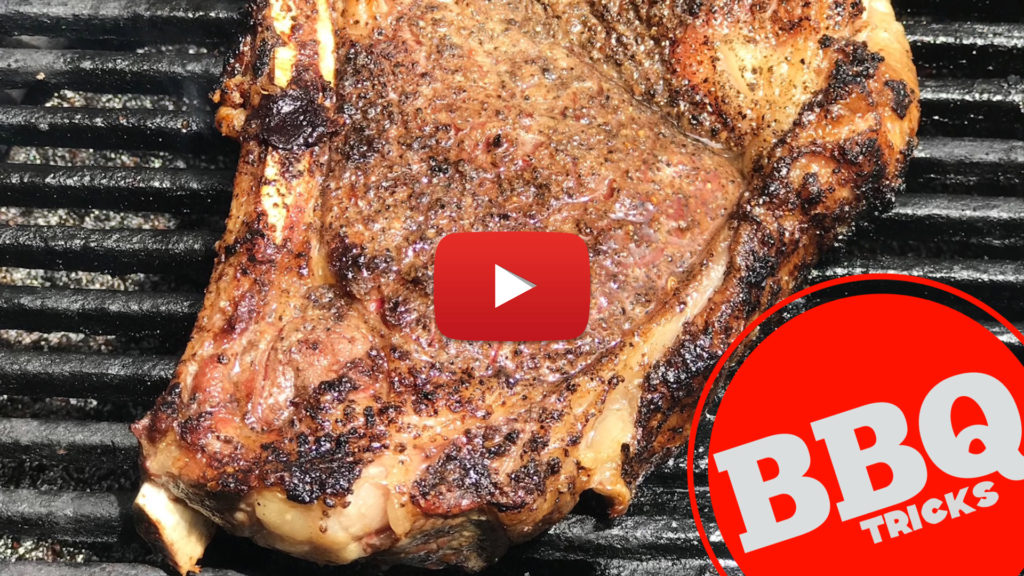
Shipping
So you order your cuts right from the website, they ship them to your door, For standard shipping expect two to three consecutive business days for delivery.
Express shipping: allow one to two consecutive business days.
If you need it right away, standard shipping orders must be placed before 2:00 PM central time on Wednesday for delivery by Friday. If you need it by the weekend, you’ll have to get your order placed before 2:00 PM central time on Wednesday.
They take a lot of care in every stage and the insulation in the box is definitely “eco friendly.” They call the foam in the box “green cell foam” and they say it can be safely burned in your fire pit. You can use it to start a charcoal barbecue or dissolve it in your sink in less than 60 seconds. The box in it’s tape are made of 100% recyclable materials, so you can easily recycle it. It’s a nice touch. If you don’t care about a bit of styrofoam check out Omaha Steaks.
Korean Short Ribs
My new favorite cut of meat is now the Korean short ribs that were in my Porter Road box and I cooked them two ways.
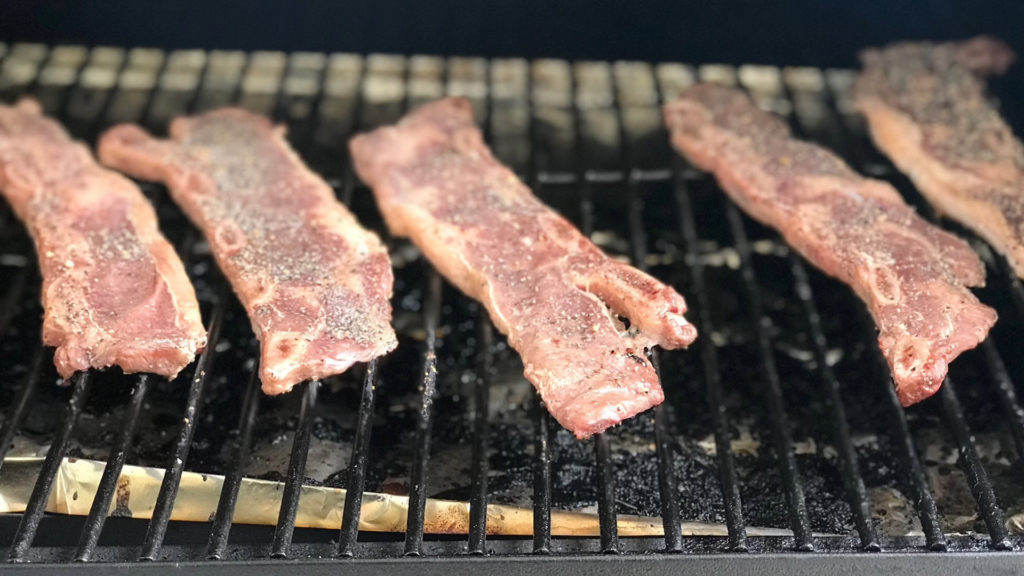
Both cooking methods ended up delicious. I can’t think of beef, beef ribs without thinking of Fred Flintstone. He’s the original pitmaster, right? His giant slab was so heavy, it tipped over his car!! That’s how I have always prepped Porter Road beef ribs (I think they used to sell these as “dino ribs” according to commenters to the video). If you cook the whole rib you are going to be like Fred.
However, by definition, beef short ribs are a shortened portion of the entire rib bone. You can make them a little easier to handle and serve by making them or serving them flanken style or cut across the bone about half an inch thick or even in two inch or shorter links. You can also cook them English-style, which the bones are in a six inch lengths. I’ve got recipes in my electric smoker book for the low and slow versions. HOWEVER the Korean style is my new favorite and are only a quarter inch thick. You can cook them hot and fast with ease!
In fact, the first thing I did, was a high heat hot and fast cook with one strip just to see what it would be like. I really just wanted a quick little snack. I dusted it with Montreal steak seasoning and it was phenomenal. You’ll definately want a few slices for a whole meal but there’s plenty for four dinner guests one of these packs from Porter Road.
By the way, Canadian spike or spice seasoning or Montreal spice is coarse sea salt, onion, coriander, garlic, and black pepper.
Low and Slow Porter Road Beef Ribs
I did a batch of the Porter Road beef ribs low and slow as well. I sauced them up and smoked them so it was almost like beef bacon. Sweeten and Saucy. The thin beef ribs were pretty versatile and it is awesome just to have the little bones to nibble on.
If you prefer doing Low and slow Porter Road Beef Ribs “low and slow” you may opt for a thicker beef rib (sometimes called English style or larger).
However you “slice them” the beefy – dry aged- flavor of this cut from Porter Road is exceptional. Kind of like a little thin steak with the bone in. On top of all that there is a little amount of flavorful fat on each slice. So again, it’s like beef bacon. Really succulent has the perfect sizzle coming off the grill. I am definitely going to be ordering more of these from Porter Road soon. Find out more here: http://bit.ly/porterroadBBQ
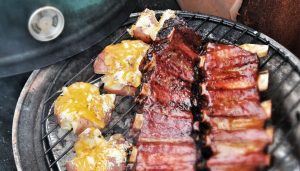

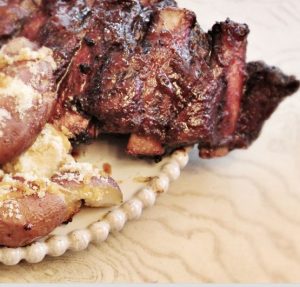
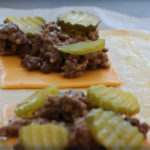
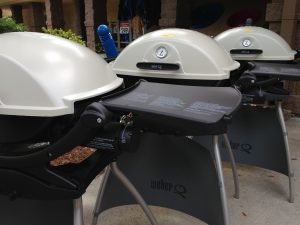
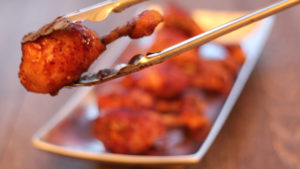
 1 Tbsp minced onion
1 Tbsp minced onion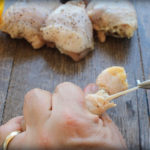
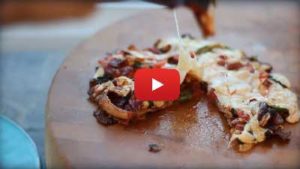
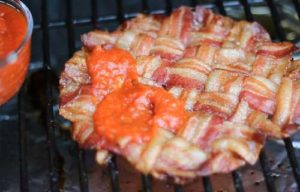
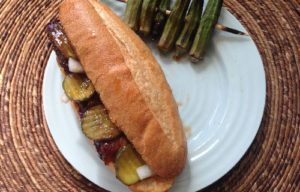
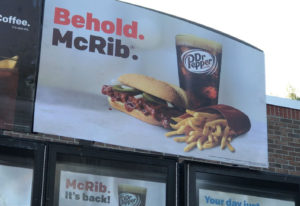
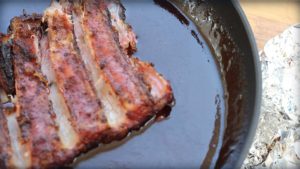
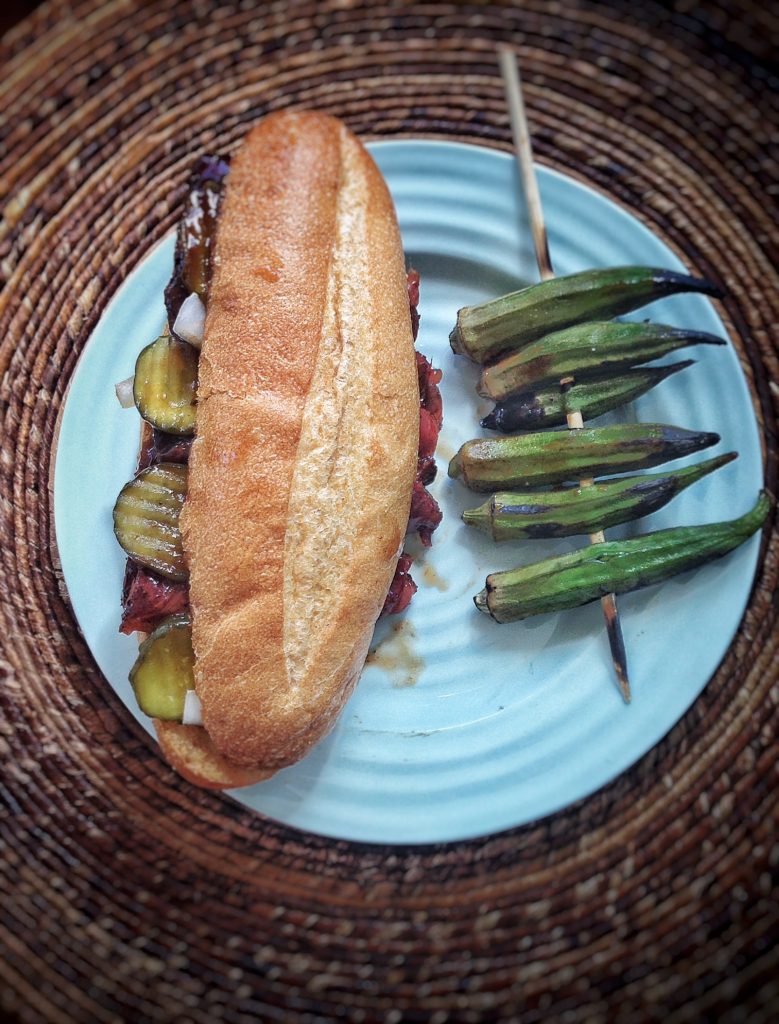
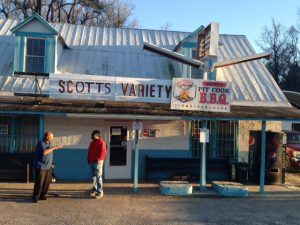 Whole Hog at Scott’s BBQ is a thing to behold. Perfection on a plate. Now, with the planned addition of a Charleston, SC location of Rodney Scott’s Scott’s BBQ it’s time to get ready for whole hog that’s a lot easier to get to!
Whole Hog at Scott’s BBQ is a thing to behold. Perfection on a plate. Now, with the planned addition of a Charleston, SC location of Rodney Scott’s Scott’s BBQ it’s time to get ready for whole hog that’s a lot easier to get to!